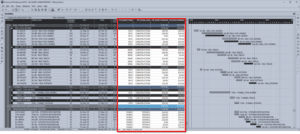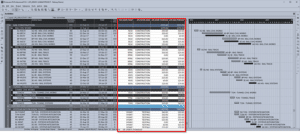About the project
The existing new england highway at bolivia hill in new south wales, australia, has a poor crash history due to narrow lanes and road shoulders, a rock face on one side and a steep rock valley on the other. The upgrade project involves building approximately 2.1 kilometres of new road, a new 320-metre-long bridge, wider lanes in each direction and widened road shoulders to improve safety.
Overview
As part of their successful tender preparation and submission for the new england highway upgrade at bolivia hill project, the joint venture between georgiou and srg included time location charts developed in turbo-chart. The project involved construction works affecting a major regional highway, with complex traffic staging amongst live traffic in a physically and access constrained site. The joint venture wanted to ensure that during the tender period, the project schedule was developed in detail to understand key work sequences, methodologies, and importantly for their client and community stakeholders – handovers of the roadworks and the highway by stages.
The construction schedule was developed by traffic stages and by work zones, together with the adjacent bridge works. The benefit of using time location charts was the ability to display the interaction of all of these on a single page. This format also meant the entire tender team easily understood the schedule and were able to contribute towards its development and the project works methodologies.
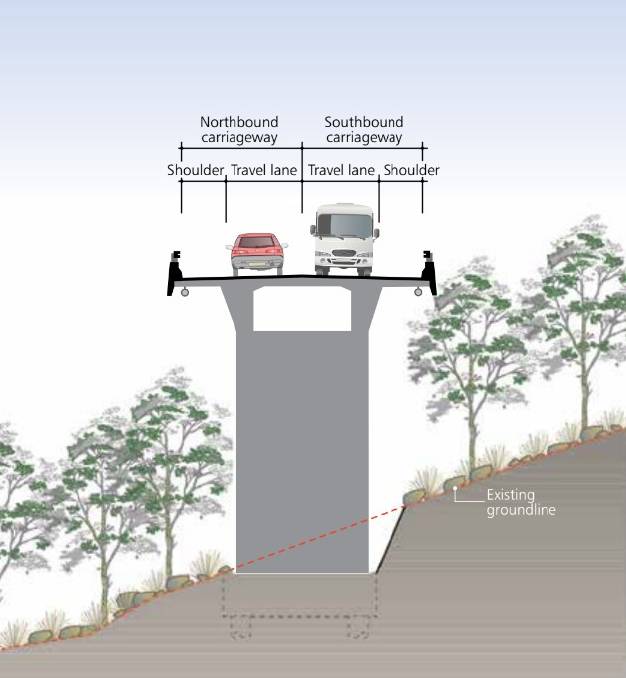
We were regularly updating the schedule as our ideas developed, being able to see those schedule changes reflected instantly on the time location charts saved a lot of time and effort. Having the time location chart gave us a view of the schedule that we simply could not gain from the traditional p6 outputs.
P.Mitchell
Estimating manager, georgiou group
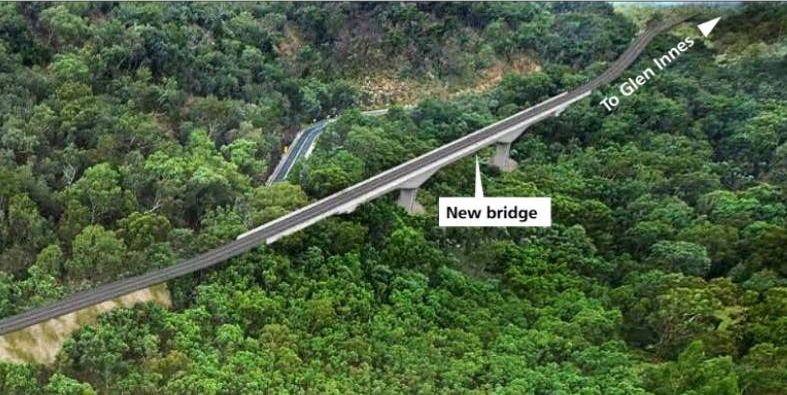
The turbo-chart solution
The tender schedule for roadworks and bridgeworks was prepared in a single p6 schedule. With turbo-chart, a detailed bridgeworks chart showing the erection of the bridge segments was created, and an overall roadworks chart showing the staging of works was also prepared from the single p6 schedule. Additionally, the bridgeworks were shown on at a summary level on the roadworks chart.
By linking directly to the p6 schedule, any changes to the construction works, such as productivity or sequencing could be instantly reflected on the time chainage chart for review and analysis. The ability to view multiple datasets allowed comparisons on the time location chart between various scenarios such as varying segment cycles times, or comparison of degrees of weather affected schedules.
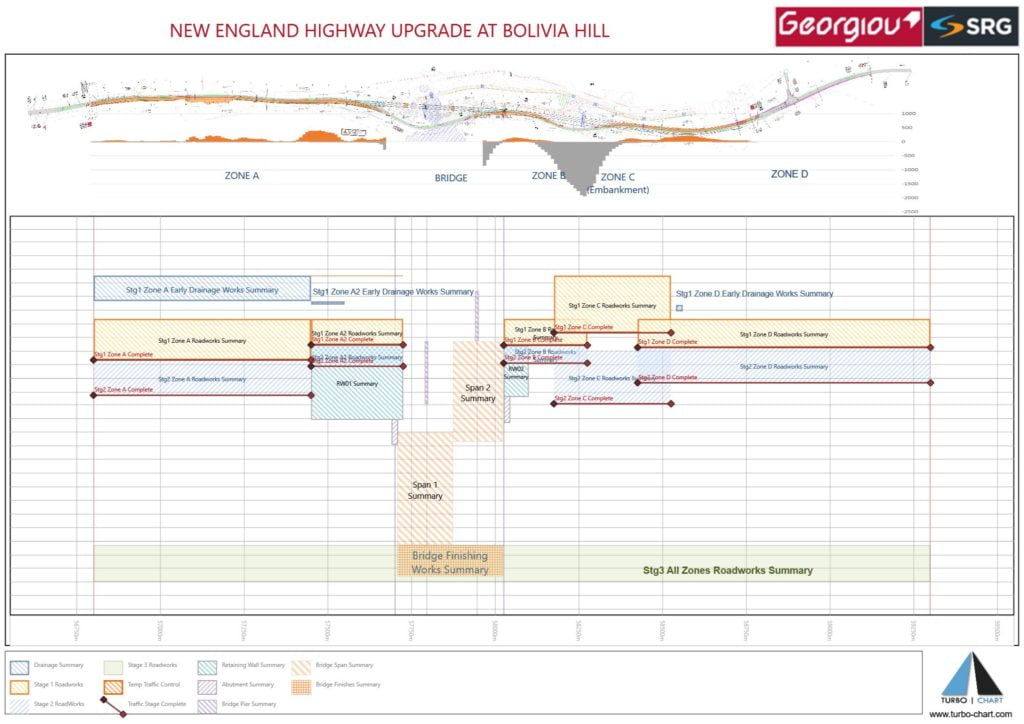
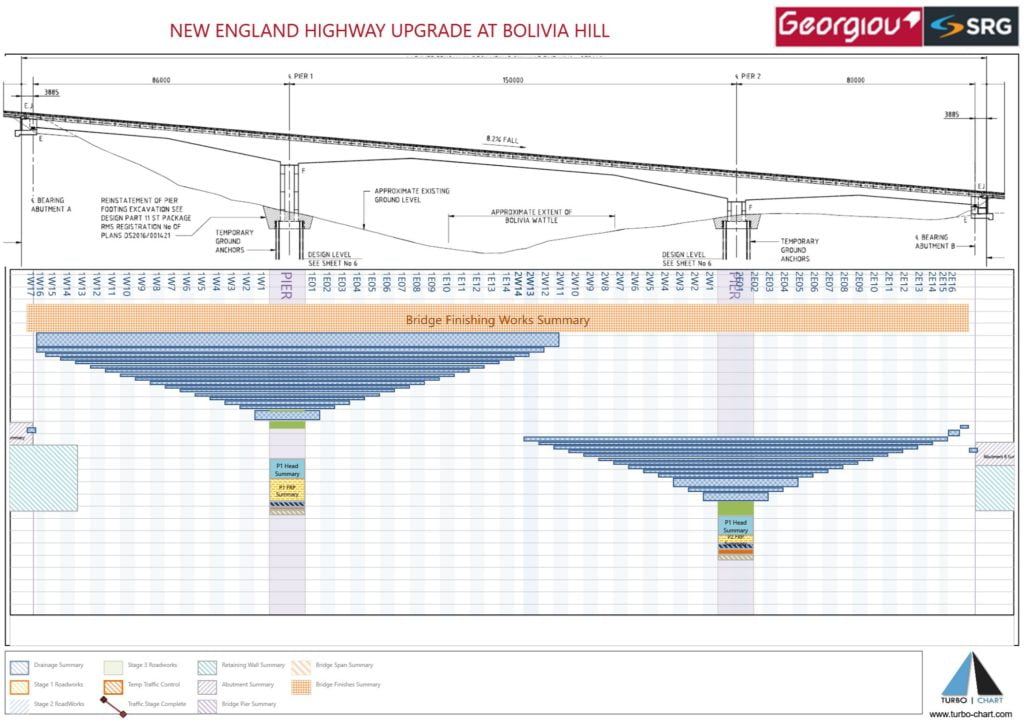
About georgiou group
Established in 1977, georgiou group is one of australia’s leading building and civil construction companies, delivering a wide range of engineering services professionally and capably. With 40 years’ experience and located in western australia, new south wales, queensland and victoria, our vision is to be ‘the best people to work with’. Find out more at http://georgiou.com.au/

